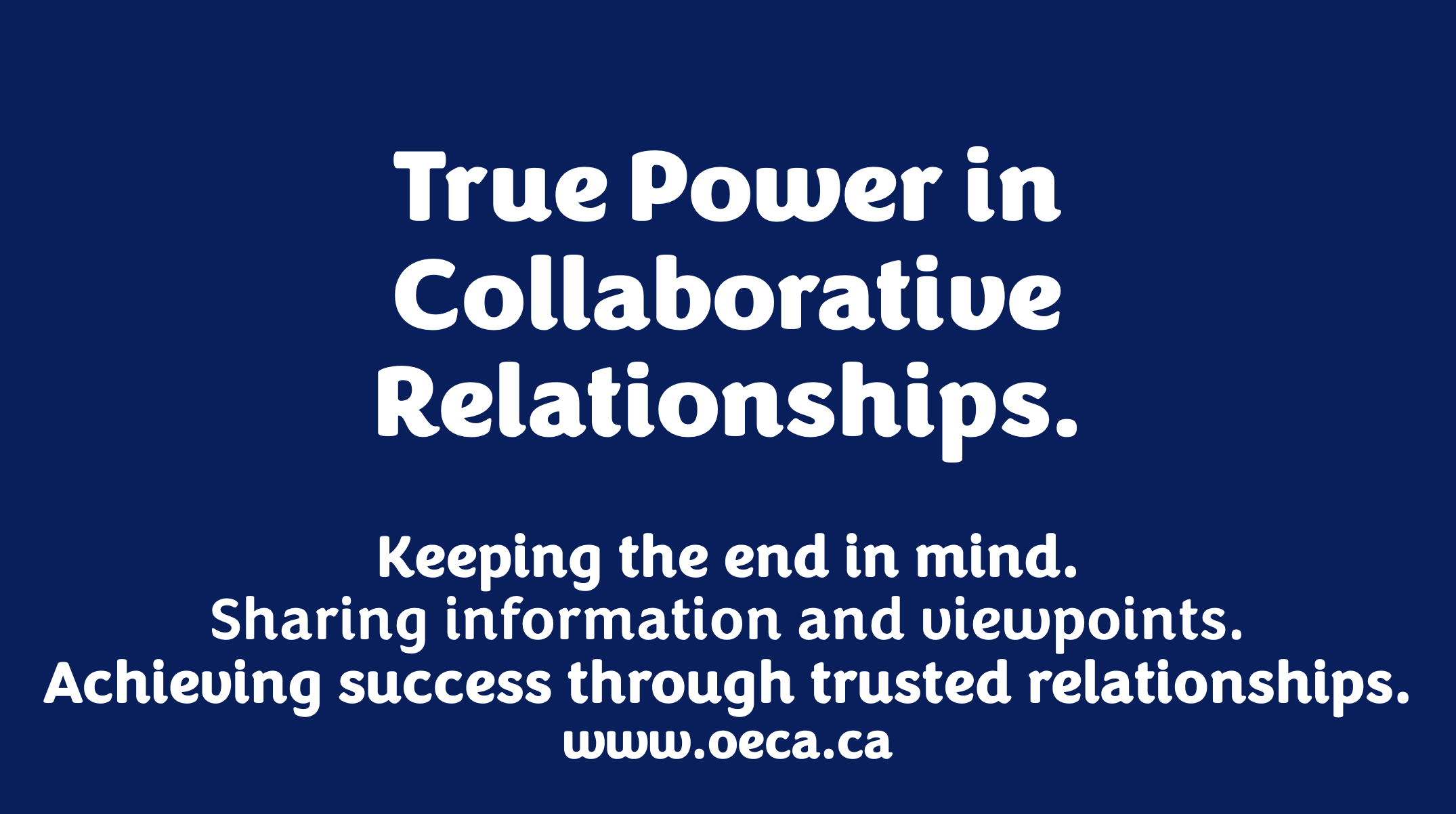Decarbonizing Ontario’s regulated electricity sector involves profound and far-reaching changes. Achieving significant reductions in carbon emissions requires a comprehensive transformation of how energy is produced, distributed, sold, bought, and consumed. This transformation touches every aspect of the electricity sector, from policy-making and financial investments to technological advancements and workforce development.
The scale of decarbonization initiatives is immense, and jurisdictions that take on extensive decarbonization initiatives face a full range of challenges as they strive to implement these initiatives.
A Brief Introduction to Decarbonization Challenges
Implementing decarbonization initiatives presents significant challenges. Examples include:
- Policy and Regulatory Hurdles: “Uncertainty” stalls progress and reviewing and altering the existing laws and regulations can be seen as daunting. Regardless, it must be done thoroughly. Aligning local, regional, and national policies and regulations to support decarbonization requires substantial coordination, political will, and marketplace input.
- Financial Constraints: “Economics” matter and securing funding for projects spanning the full range of energy applications, from small residential initiatives to large-scale decarbonization efforts, is a major barrier. These initiatives require substantial upfront investment, and obtaining financing can be particularly challenging, especially for emerging technologies.
- Technological Integration: “Innovation” is essential and integrating new, green technologies with existing electricity infrastructure poses technical challenges. Upgrading or replacing legacy grids/systems to accommodate renewable energy sources, smart/intelligent grids, and 2-way transactions demands significant effort and innovation.
- Public and Stakeholder Engagement: “Communication” must evolve to keep up with the times and gaining public support and stakeholder buy-in is crucial. Effective communication and education about the benefits and necessity of decarbonization efforts and the need for innovative change are essential to overcome resistance and apathy.
- Workforce Transition: “Talents & Strengths” will advance and transitioning the workforce from fossil-fuel-based industries to green energy sectors and the legacy infrastructure to advanced grids requires substantial education programs. Attracting new skilled workforces and ensuring a just transition for existing workers are vital for equity and sustainability.
Collaborative Advocacy to Support Decarbonization Initiatives
While the challenges are daunting, the opportunities to illustrate thought leadership and energy sector excellence are abundant and transformative, paving the way for a sustainable and innovative future.
When organizations within the energy sector collaborate, these challenges can be mitigated and substantial value can be realized. Examples include:
- Shared Expertise and Resources: Collaborative efforts enable the sharing of knowledge, technology, and resources. This constructive interaction can accelerate the development and deployment of innovative solutions.
- Enhanced Innovation: Joint ventures and partnerships support innovation by combining different perspectives and expertise. This can lead to the creation of more efficient and effective decarbonization technologies.
- Risk Mitigation: Collaborative projects distribute financial and operational risks among partners, making it easier to undertake ambitious initiatives that might be too risky for individual entities.
- Unified Advocacy: Collaborative communications can generate successful policy and regulatory changes. When the full range of organizations – regulated, non-regulated, government, and regulators – communicate in full collaboration, they effectively create the changes required to bring about decarbonization.
- Economic Growth: By working together, organizations can create new markets and job opportunities, driving economic growth and ensuring a sustainable energy future.
While the path to decarbonization is fraught with challenges, collaboration among organizations in the energy sector will bring Ontario’s cleaner and more sustainable future.


